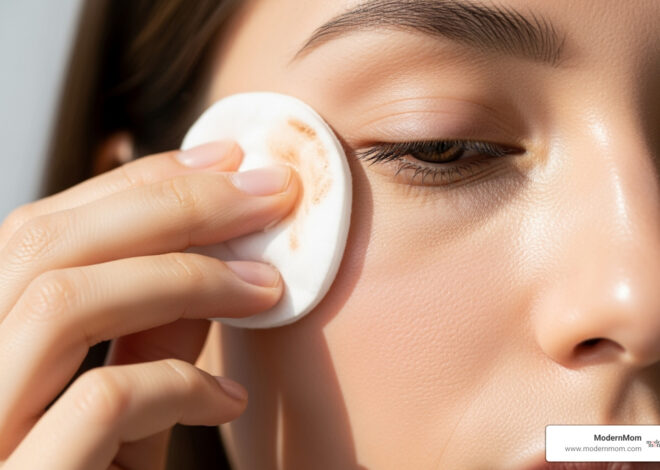What Can I Do for Thinning Hair?
Some 30 million women in the United States have problems with thinning hair and hair loss, according to the Marie Claire website. However, taking care of the problem can be frustrating. Women can have a wide spectrum of hair thinning problems. They can have a few hundred more strands falling out per day than normal to imminent baldness. Hair loss can be caused by a wide range of medications, medical conditions, inherited predispositions and nutritional deficiencies. To determine an appropriate treatment, you and your doctor must first decide the cause and extent of your hair loss problems.
Definition
Judith Reichman, M.D., author and medical contributor to the MSNBC website, recommends a simple test for women who suspect that their thinning hair is due to hair loss. Pull firmly on several strands of hair and see if they come easily off your scalp, root and all. If so, Reichman warns that this could mean a more than usual number of hairs on your scalp have moved into the shedding, or telogen, phase as opposed to the growing, also known as anagen, phase. In normal conditions, the proportion of hairs in the growing versus the shedding phase is greatly weighted towards growing hairs. If that proportion shifts to favor shedding hairs, your scalp is losing more hair than it is replacing.
Causes
Your first step after you have determined you have a problem with thinning hair due to excessive hair loss is to consult a physician to decide the condition’s underlying cause. According to the Mayo Clinic, hair loss not directly connected to aging can be caused by genetic problems, such as androgenetic alopecia (also known as male pattern or female pattern baldness), skin or systemic disorders like the autoimmune disease alopecia areata, a scalp infection and severe mental or physiological stress. These stressors can include childbirth or a major illness. In addition, hair loss can be caused by certain medications, excessive hairstyling, a diet lacking protein or iron and sharp hormonal changes. After the cause of your hair loss has been determined, you can begin treating the problem.
Pharmaceutical Treatments
For women with hair loss caused by a long-term medical condition or hormonal problems associated with problems like a thyroid disorder, treating the condition to prevent further hair loss is the first step. After the underlying condition has been treated, medications like Minoxidil (the non-prescription form of Rogaine), Anthralin cream and cortisone injections into the scalp can all help reverse the problem.
Surgical Treatments
For women who have experienced extensive hair loss, surgical treatments, such as a hair transplant or a scalp reduction, may be a viable option. In a hair transplant procedure, a dermatological surgeon removes portions of hair-containing skin from the back of the scalp and grafts them into the thinning or bald portions of the head. A scalp reduction is a more time intensive and difficult procedure that involves removing a portion of the bald area of the scalp, reattaching the skin and, in some cases, transplanting hair to help cover the area. The Mayo Clinic warns, however, that these procedures are expensive, time-consuming and often painful.
Specialists
According to the Marie Claire website, anyone struggling with hair loss or hair thinning problems should consult a physician who specializes in hair loss problems. The American Hair Loss website maintains an updated list of organizations whose members are doctors with specialized knowledge of hair loss problems and hair restoration techniques. Some organizations included are the American Academy of Dermatology, the National Alopecia Areata Foundation and the International Alliance of Hair Restoration Surgeons.




